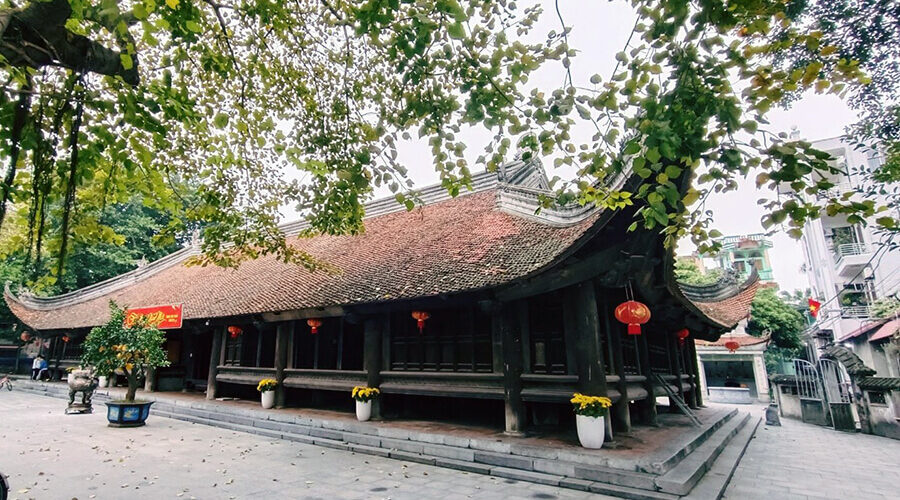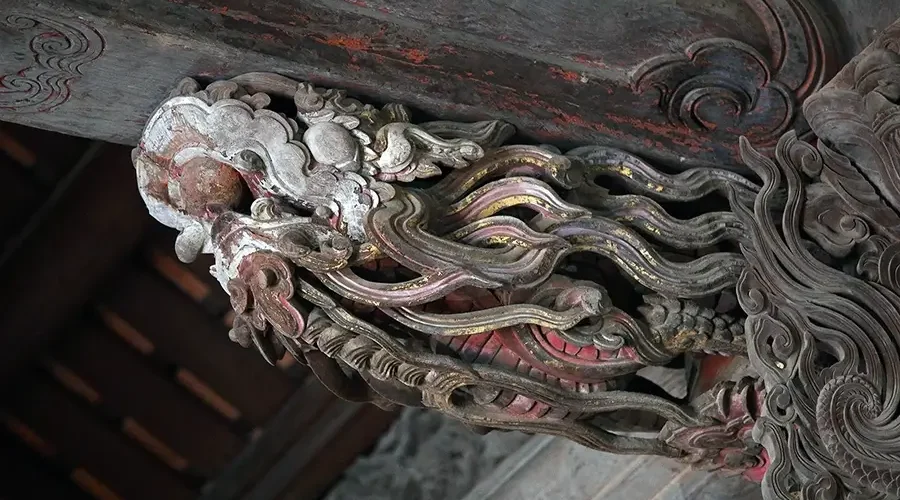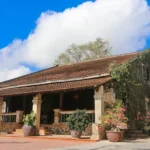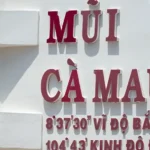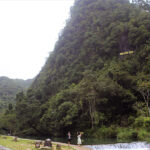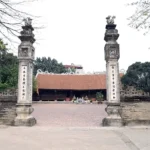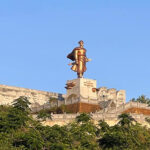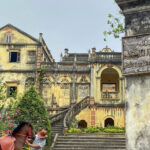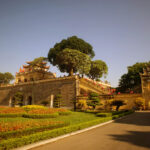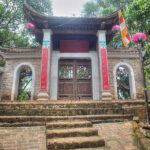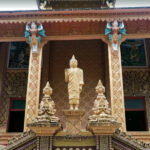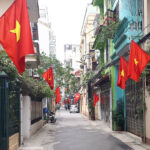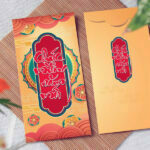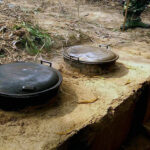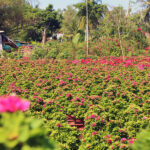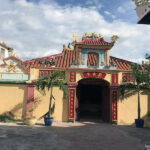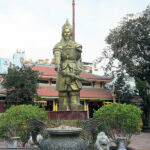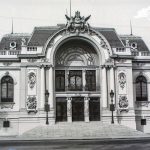Dinh Bang communal house is an ancient architectural work, a valuable relic in terms of history, sculpture and decoration with hundreds of rich patterns and motifs, becoming typical sculptures of the 18th century.
As a massive ancient architectural work containing unique traditional wood decoration art values, Dinh Bang communal house (Tu Son town, Bac Ninh province) has long been considered one of the most beautiful communal houses in North of Vietnam.
Overview about Dinh Bang communal house
According to historical records, Dinh Bang communal house was started to be built in 1700 and was not completed until 1736. The person who had the initial idea of building the communal house was a mandarin, came from Dinh Bang town, named Nguyen Thac Luong. He and his wife, Nguyen Thi Nguyen, together with the local people, contributed their labor and money to build the communal house.

Dinh Bang communal house is a place where cultural beliefs converge. In the past, the communal house worshiped three natural gods: Cao Son Dai Vuong (God of Earth), Thuy Ba Dai Vuong (God of Water) and Bach Le Dai Vuong (God of Cultivation). These are gods worshiped by agricultural residents, praying for favorable weather for good crops. Every year in the 12th lunar month, people hold a festival to pray for a year of bountiful crops.
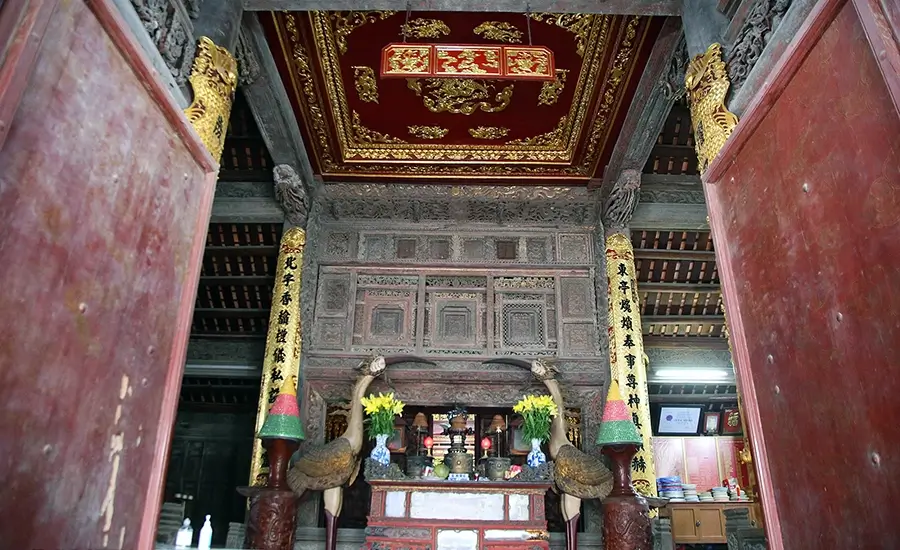
Also at the communal house, the people worship the Six Patriarchs (6 people who contributed to re-establishing the village in the 15th century). Later, when the Dong Temple, also known as Ly Bat De temple, was destroyed by the French colonialists in 1948, the people received the tablets of the eight emperors of the Ly dynasty to worship at Dinh Bang communal house.
The sophisticated and unique architecture of the communal house
The typical value of Dinh Bang communal house is an ancient architectural work, with a large scale, solid structure according to traditional techniques, elegant and harmonious shapes, especially the art of sculpture, decoration on architectural parts with hundreds of patterns, becoming typical architectural decorative sculptures of Vietnam in the 18th century.

Dinh Bang consists of a massive main hall connected to the rear palace in the shaped as the style “丁”. The main hall is 20m long, 14m wide, 8m high, the beautiful drooping roof accounts for 5.5m of total height.
The uniqueness of the house is characterized by its wide roof space, the massiveness of the roof ridges, the form adapted to the monsoon climate, and the dense sculptural decoration.

Dinh Bang communal house has a truss-and-beam structure, consisting of seven compartments and two wings (auxiliary compartments). The communal house is built on a high foundation with a green stone threshold. In particular, the communal house has a stilt house architecture with a majestic wooden floor 0.7m high from the ground, six rows of horizontal columns and ten rows of vertical columns made of ironwood with diameters ranging from 0.55m to 0.65m placed on green stone blocks.

The roof of the communal house is up to 8 meters high with the vertical ratio of the roof being larger than the body, creating a sense of grandeur. The communal house is covered with tiles and has the furthest ridges of any traditional wooden architectural structure in Vietnam. The house has a surrounding panel door.

The interior of the communal house is decorated with many themes such as dragons, phoenixes, pine trees, apricots, bamboo, wine gourds, and swords.
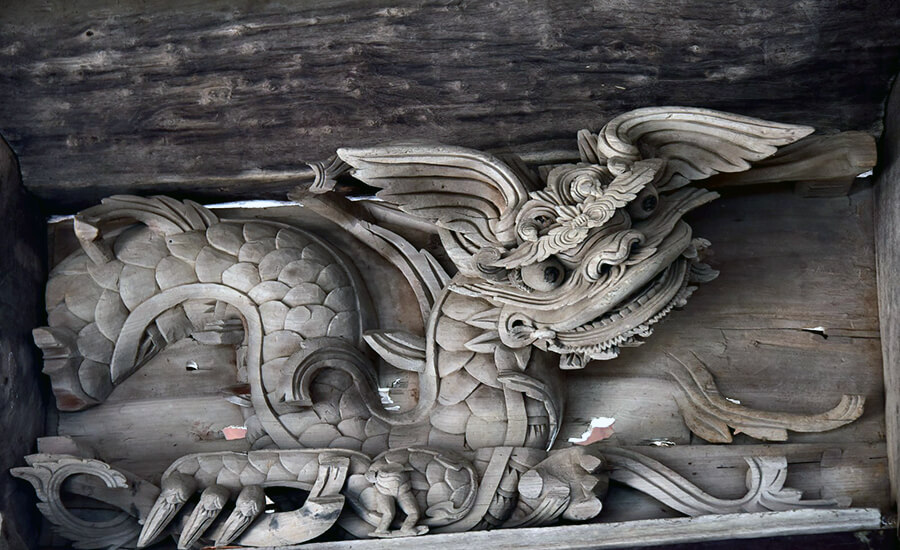
In particular, the dragon image occupies a large proportion with about 500 images. The main hall (middle room) has a low floor, paved with tiles. The wooden floors of the rooms on both sides gradually increase, with a total of two levels, distinguishing the status of the village officials when meeting about village affairs.

The arched door and the ceiling of the main hall are elaborately carved.

On the bamboo board, below the balcony of the main and secondary pillars, there is a carving of “Eight horses galloping” with very lively movements. In the communal house, there are many horizontal lacquered boards and parallel sentences gilded with gold.

Dinh Bang communal house relic was ranked as a National Historical Relic in 1961. Over a long period of time, Dinh Bang people have preserved and continuously restored the communal house, meeting the spiritual and cultural needs of the community, while serving the needs of visiting and researching a typical architectural and sculptural heritage of the homeland of Bac Ninh.
Source: collected by An
Follow us for the best deal with Vietnam package tours and visa services!




